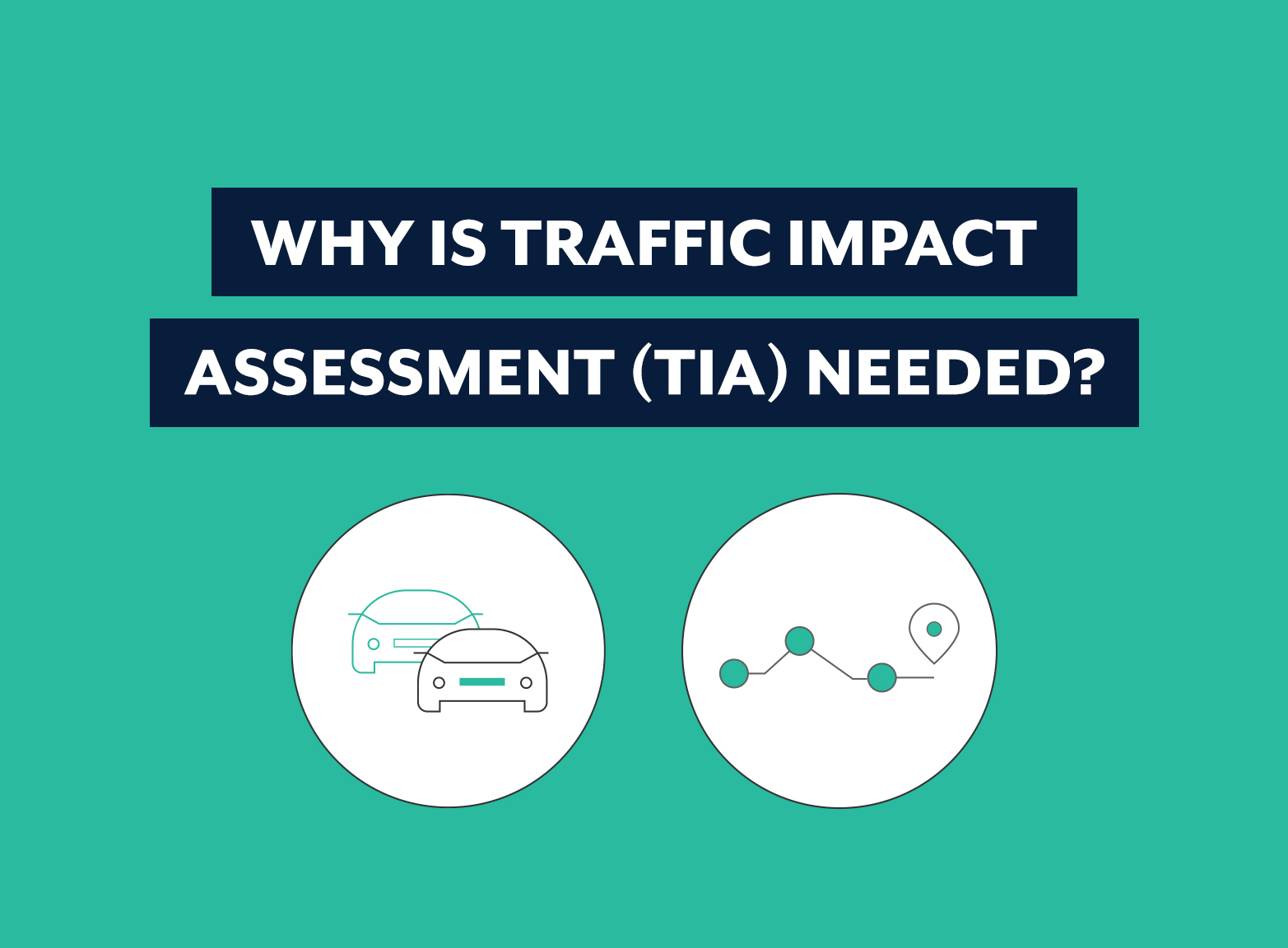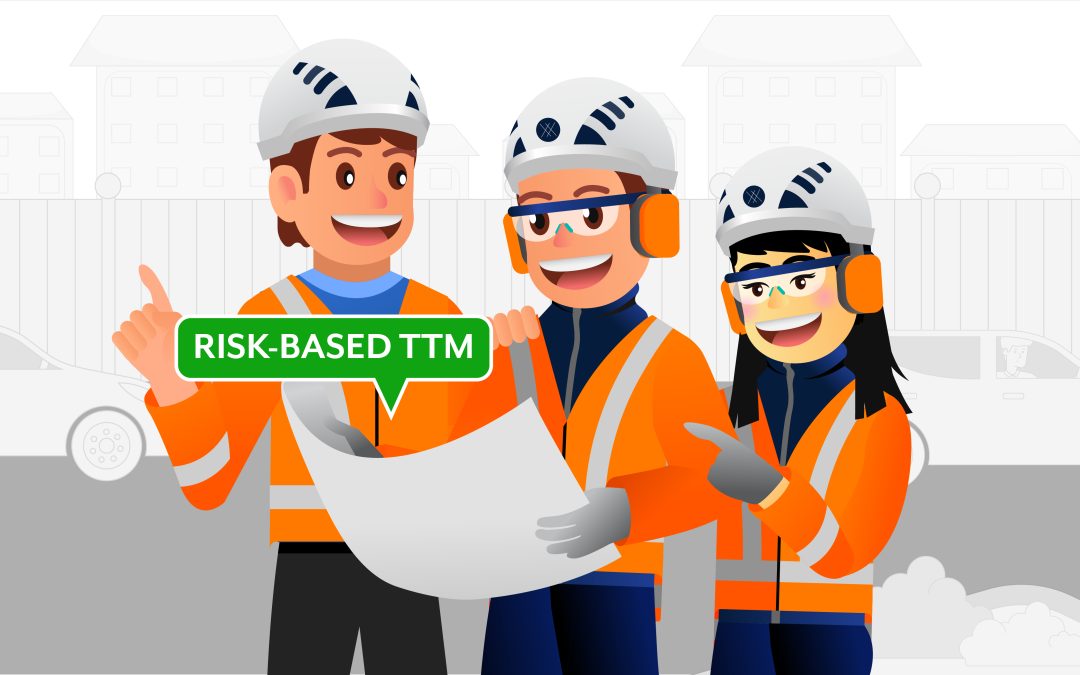Let’s face it – we have all at one time or another been stuck in gridlock due to the bottleneck caused by road works. It’s inconvenient for sure, and inevitable when road interruptions are not properly planned out. This is why a Traffic Impact Assessment (TIA) is so necessary – but before we get into the specifics, let’s get to the bottom of what a TIA really is.
Austroads, the organisation that caters to Australasian agencies when it comes to various road transport and traffic concepts, has defined traffic impact assessment as the process which seeks to compile, analyse information on, and document the effect that a development will likely have on road and transport network operations. Essentially, TIAs endeavour to evaluate the impacts of constructing a certain development by gathering the necessary data to predict the number of added trips it will generate and thereby to understand how it will change the transport and traffic landscape of the area where it will be located.
In the context of temporary traffic management (TTM), these developments could be likened to the road or lane closures installed temporarily on a road corridor to facilitate the construction of a project. Although most of the time these worksites generally do not generate as many trips – as only the contractor and road workers are going in and out of the worksite – it does, however, theoretically reduce capacity when lanes are affected (i.e., when the traffic environment is changed). The TIA is trying to answer whether this change is positive or negative.
Why Then, Do We Need a Traffic Impact Assessment Before Closing Off The Road?
In temporary traffic management, perceived road user experience is paramount, with agencies like AT, ASM and NZTA judging TTMPs put in front of them based on the potential for safety issues faced by road users (small to large vehicle users, pedestrians, cyclists & micro-mobility users), and the potential for significant delays to occur. This means that any changes to infrastructure within the road reserve including but not limited to footpaths and cycle lanes need to be independently assessed using traffic safety principles found in COPTTM, Austroads, and other traffic engineering practices. Failure to take into account these changes and pedestrians and cyclists behaviour, could lead to traffic delays, driver frustration, road user complaints, road crashes, or even deaths.
Other important factors to consider are sight distances which may be compromised upon TTM implementation, vehicle tracking at intersections especially for heavy vehicles, and relocation of pedestrian crossings, among others.
To Make Sure Road Users Won’t Be Heavily Inconvenienced – or If They Are, They’re Alerted in Advance.
Those gridlocks we talked about earlier, are exactly what we are wanting to avoid when producing TIAs. Let’s say, for example, one lane will be closed off for roadworks and one lane will remain open (controlled by stop/go). COPTTM specifies that if the closure is within 200m from the intersection and the total volume of traffic at peak hour reaches 500 vehicles, and 1000 vehicles when the closure is outside the 200m threshold, then delays of more than 5 minutes will be experienced by these vehicles.
When producing TIAs, traffic engineers use Annual Average Daily Traffic (AADT), or any up-to-date traffic data available, to forecast the expected delays to ensure that it will be within the acceptable standards. For small-scale projects, simple manual computation or review and checking may be done, but for complex and large-scale projects affecting the wider transport network, traffic modelling is normally used. When substantial delays are predicted, mitigation strategies will be proposed – such as informing road users so they can plan their travel in advance and make changes if necessary.
To Make Sure Businesses Affected are Also Accounted For.
For worksites installed in central business districts, property and business owners tend to be mostly affected. Any restriction brought about by the TTM installation which affects the business operations shall be checked for adequate impact-mitigating action. Incoming pedestrians such as customers of these commercial establishments, shall be given safe passages for entry and exit. If the road project has commenced without the proper approval from concerned parties, the project may run the risk of getting delayed as soon as complaints have been lodged.
To Make Sure The Project is Given Options and Has The Best Construction Methodology to Complete The Project in A Reasonable Time.
Designing temporary traffic management plans should be a two-pronged approach. Not only should it consider the safety of the affected road users and stakeholders, but, where possible, it should also take into account the possible scenarios for the project itself to have a quick turnaround in the most efficient manner.
Timing of works is a critical component for a project. To minimize impacts, days or hours of the day with less traffic are normally preferred. For example, it is encouraged to commence road works during weekends where traffic is lesser, over works on weekdays where traffic is more. However, there should also be a balance between the length of time it takes to finish the project and the timing in which the works are held. A case in point is, if the road works which require closing off the two opposite half-widths of the road for several days or weeks can be completed by closing it off completely in just 24 hours or in lesser days, then the latter may be a possibility that needs to be carefully considered while taking into account other factors as mentioned above.
In summary, a Traffic Impact Assessment is a vital document for a successful road intervention. It not only aims to identify the risks to the directly affected road users, but it can also be used by the project itself for an optimized work approach and a more efficient project delivery. Only when the risks and potential adverse impacts are evaluated, are we able to understand their extent. This forward planning can help to avoid, remedy, and mitigate these uncertainties.
Need someone to assist you with your traffic impact assessment? Talk to us and we’ll help you get it sorted.










